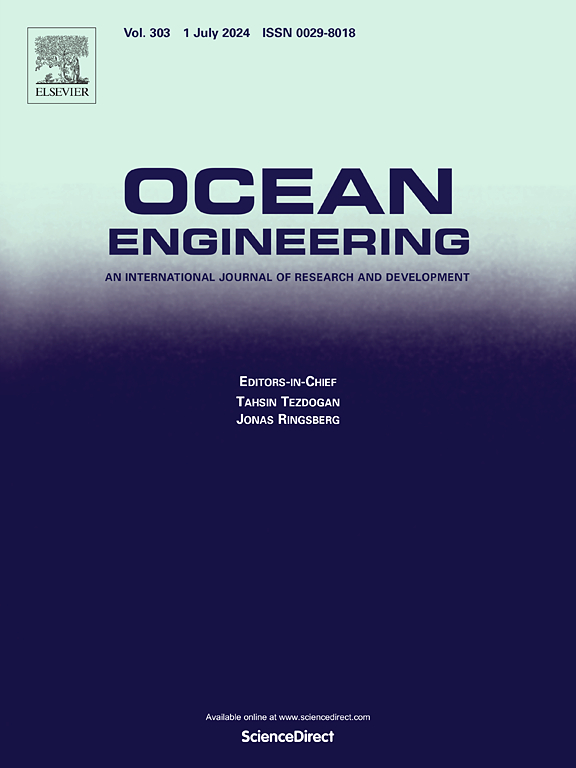利用单桩固有频率预测冲刷深度的物理信息神经网络
IF 5.5
2区 工程技术
Q1 ENGINEERING, CIVIL
引用次数: 0
摘要
支撑海上风力涡轮机的单桩周围冲刷的发展对海上风力涡轮机的完整性构成了重大威胁。一个准确、高效的冲刷深度预测模型是保证海上风电场安全可靠运行的必要条件。本研究提出了一种物理信息神经网络(PINN)模型,用于冲刷深度预测,该模型通过对OWT固有频率的逆分析而开发。该模型通过将物理方程的残差嵌入到损失函数中,将物理定律融入到数据驱动的框架中。将物理方程视为前人研究中给出的固有频率与冲刷深度的关系。使用网格搜索和交叉验证技术来选择超参数,包括最优隐藏层数、每层神经元数和训练时间。在四种不同的砂条件下,即致密砂、中等致密砂、松散砂和非常松散砂,严格验证了所提出模型的准确性。对比分析表明,在所有条件下,PINN模型的均方根误差(RMSE)都低于物理方程,突出了其优越的精度和外推能力。此外,根据现场监测的冲刷深度和固有频率数据进行验证,证实了PINN模型的准确性和适用性。本文章由计算机程序翻译,如有差异,请以英文原文为准。
Physics-informed neural network for prediction of scour depth using natural frequency of monopiles
Scour development around monopiles supporting offshore wind turbines (OWTs) poses a significant threat to the integrity of OWTs. An accurate and efficient scour depth prediction model is of great necessity to ensure the safety and reliability of offshore wind farm. This study proposes a physics-informed neural network (PINN) model for scour depth prediction, developed through inverse analysis of the natural frequency of OWT. The model incorporates physical laws into the data-driven framework through embedding the residual error of physical equations into the loss function. The physical equations are considered as the relationship between natural frequency and scour depth provided by the previous research. The grid search and cross validation techniques are used to select the hyperparameters, including the optimal number of hidden layers, neurons per layer and training epochs. The accuracy of the proposed model is rigorously validated under four distinct sand conditions: dense sand, medium compact sand, loose sand and very loose sand. Comparative analysis demonstrates that the PINN model achieves lower root mean square error (RMSE) than physical equations across all conditions, highlighting its superior accuracy and extrapolation capability. Furthermore, validation against field-monitored scour depth and natural frequency data confirms the accuracy and applicability of the PINN model.
求助全文
通过发布文献求助,成功后即可免费获取论文全文。
去求助
来源期刊

Ocean Engineering
工程技术-工程:大洋
CiteScore
7.30
自引率
34.00%
发文量
2379
审稿时长
8.1 months
期刊介绍:
Ocean Engineering provides a medium for the publication of original research and development work in the field of ocean engineering. Ocean Engineering seeks papers in the following topics.
 求助内容:
求助内容: 应助结果提醒方式:
应助结果提醒方式:


